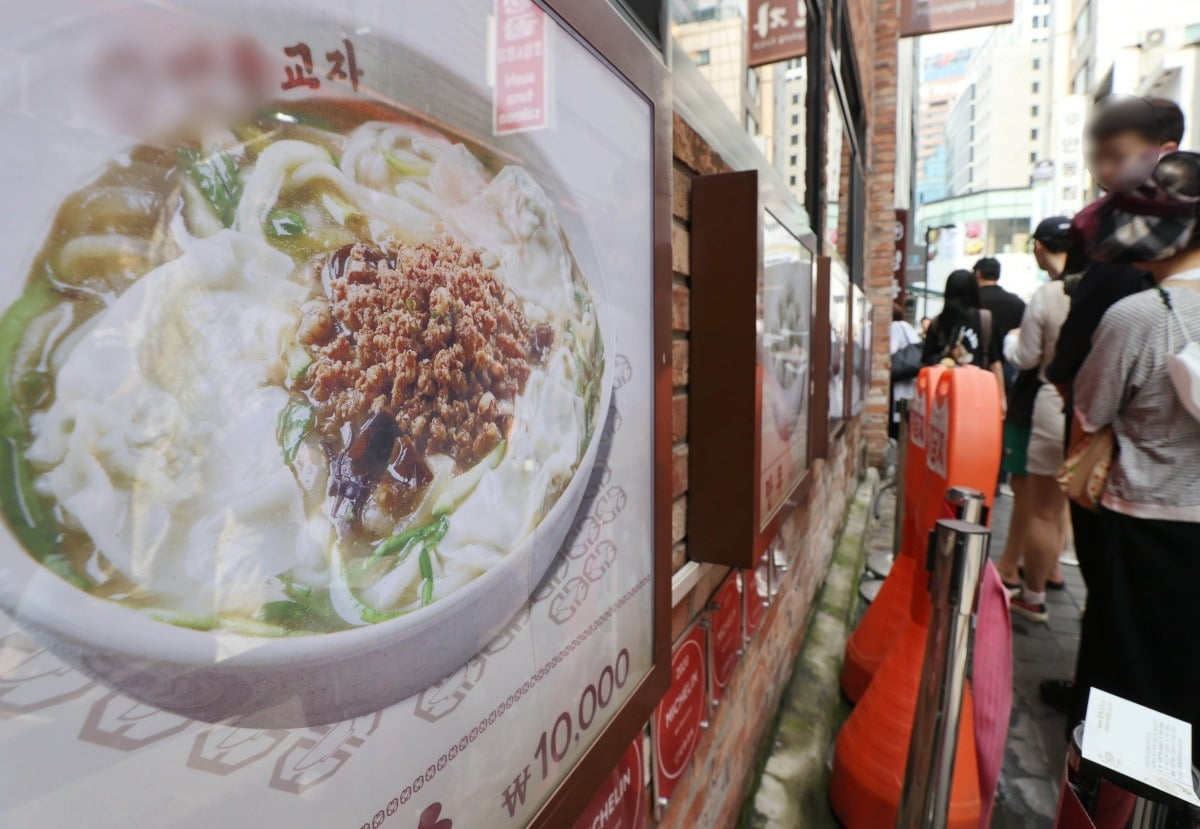Physical Address
304 North Cardinal St.
Dorchester Center, MA 02124
Physical Address
304 North Cardinal St.
Dorchester Center, MA 02124

According to recent data from the Korea Consumer Agency, the average price of a bowl of Kalguksu in Seoul has surpassed 9,000 won for the first time. This price hike has become a concern for many consumers who find dining out increasingly burdensome.
The price of Kalguksu in Seoul has been steadily rising since March 2022. It stayed at 8,962 won from August to December last year. However, in January, it jumped to 9,938 won, experiencing a significant increase.
In addition to Kalguksu, the prices of Naengmyeon and Bibimbap have also seen a slight increase. In January, the price of Naengmyeon rose from 11,308 won to 11,385 won, while the price of Bibimbap increased from 15,770 won to 16,540 won during the same period.
On the other hand, the average prices of Gimbap, Jjajangmyeon, Samgyeopsal, Samgyetang, and Kimchi Jjigae remained the same as the previous month.
The rising dining costs have raised concerns among consumers, many of whom are finding it increasingly burdensome to eat lunch outside. The increase in dining expenses in Seoul has been observed over time, leading to questions about the affordability of meals.
There are several factors contributing to the price increases. Rising costs of ingredients and labor have resulted in increased expenses for restaurants, which are then passed on to consumers. Additionally, the impact of the COVID-19 pandemic, including changes in consumer behavior and the rise of remote work, has affected the dynamics of the food industry’s supply and demand.
As prices continue to rise, consumers are seeking ways to adapt to these changes. Some individuals have started bringing homemade food or utilizing company cafeterias as alternative options to alleviate the impact on their wallets. Others have expressed the need for more affordable dining options.
The price increases of Kalguksu and other food items in Seoul reflect the ongoing challenges faced by the restaurant industry. Consumers are feeling the burden of rising dining costs, sparking discussions about the affordability of meals in the city. As the situation evolves, it is important for consumers and businesses to navigate these changes and find ways to ensure affordable and enjoyable dining experiences.
If you’re wondering where the article came from!
#